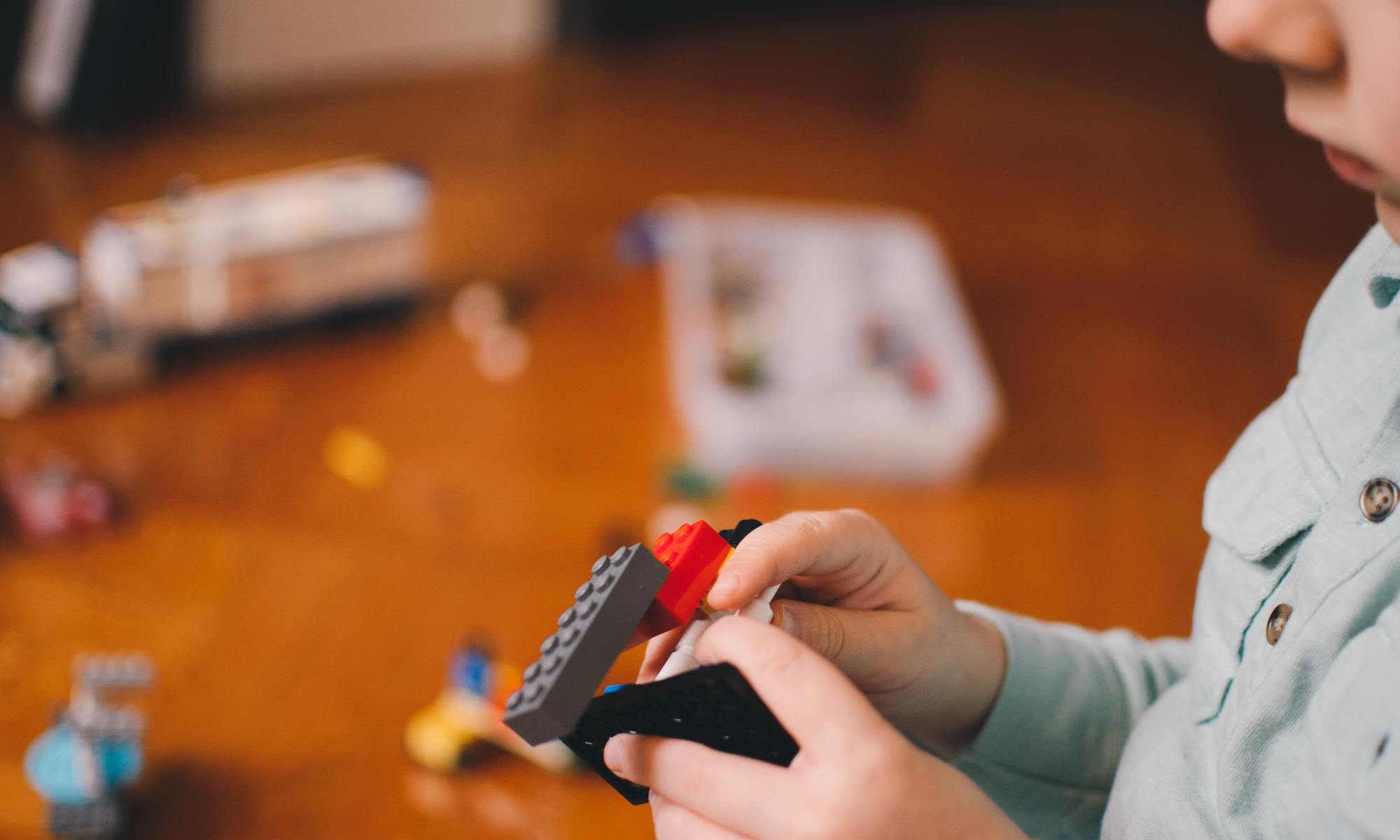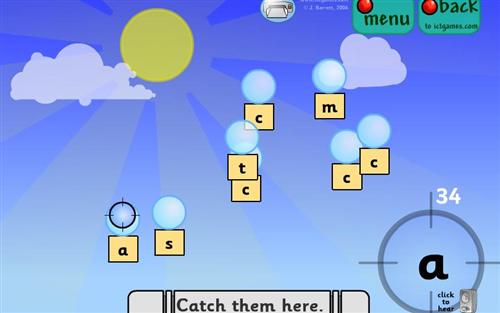Here are some questions I frequently get from parents of dyslexic kids or who have children they suspect to have dyslexia.
1. Do I need to send my child for an assessment?
It’s always a good idea to send your child for an assessment if you suspect that they have dyslexia.
This will allow you to rule out possibilities and also figure out intervention options.
Research has shown that early intervention is crucial in helping a weak child catch up with his/her peers in terms of reading, spelling, and writing.
2. How much does an assessment cost?
It all depends on your budget and patience. Here are the three most common routes one can take for assessments:
$0 for MOE (Ministry of Education); wait time: 6-12 months.
$750 for DAS (Dyslexia Association of Singapore); wait time: 4-6 weeks.
$1,500 for a private psychologist; wait time: 1-2 weeks.
3. How do I get a Mother Tongue Exemption?
Parents can apply through the form teacher at the general office of your child’s school.
Do note that MOE is more stingy with Mother Tongue exemptions these days and would generally advise parents to put their child in an easier stream (e.g. Foundation Chinese instead of Standard Chinese), instead of giving a full exemption.
4. What’s the difference between a regular tutor and an educational therapist?
Educational Therapists are well-trained, have a teaching certificate specially catered to teaching students with special needs.
They also have the ability to do an informal assessment to figure out the needs of the child so as to plan lessons commensurate with the child’s cognitive ability.
In addition, they know how to employ multi-sensory methods of teaching that will be most beneficial for the dyslexic student.
5. Can dyslexia be cured?
Nope, but it can be managed and kids can live a fulfilling life.
The late Mr Lee Kuan Yew was someone who managed to do very well in life despite having dyslexia.
Living examples include Sir Richard Branson, founder, and owner of the Virgin Group.
6. How do I know if my child has dyslexia?
A psychological test only way to be 100% sure.
Do note that proper psychological testing only starts at 7 years of age.
7. How long would educational therapy take before results are seen?
It usually takes 2 – 3 years of intervention to catch up with peers.
However, progress can be made in 3 – 4 terms (in a motivated child) there can be an improvement in spelling if the child is in lower primary and unable to read at all.
8. Is it genetic?
It is very likely. Based on the following research papers, it most likely is.
https://royalsocietypublishing.org/doi/full/10.1098/rspb.2014.3139
https://www.ncbi.nlm.nih.gov/pmc/articles/PMC2597981/
https://www.ncbi.nlm.nih.gov/pmc/articles/PMC5545717/
9. How do I get a time extension for National exams (i.e. PSLE, ‘O’ Levels, ‘A’ Levels)?
You can apply through the form teacher at the school’s general office, and you are required to submit a psychological report that’s been done within the past 3 years.
10. Why do I need to do another psychological testing for my child? I’ve already done it once some time back?
Because they expire after 3 years and are neither an accurate reflection of the student’s current abilities and are hence no longer valid.
I hope this has been useful. For more information, feel free to email us at the.alternative.edu@gmail.com or SMS/Whatsapp us at +65 8366 7949.
















